I have a bit of a love affair going on with slipjoint knives. Part of the reason for that is – if I may be frank – that the framelock flipper is a pretty stale form right now. Don’t get me wrong, many blades of that stripe are beautiful, functional, and deserving of praise, but they’ve taken up and held such a large portion of the market that I’ve been dying for something different. Fortunately, just as that malaise peaked, I saw that the Viper Dan 1 & 2 were available on BladeHQ. Almost immediately, I ordered a Viper Dan 2 in burgundy micarta.
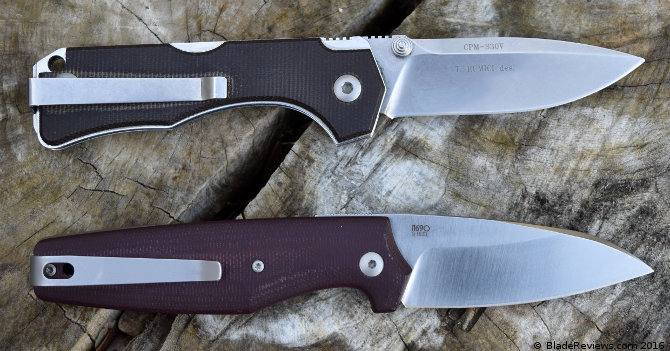
Buy the Viper Dan 2 at BladeHQ
No products found.
Now I can’t pretend that the Viper Dan was a lightning bolt out of blue sky; I’d been excited about it since seeing it previewed at last year’s Blade Show. The Dan was designed by Tommaso Rumici, an Italian designer who has worked for a number of manufacturers. Andrew Gene AKA The Edge Observer said it best describing his style as a “combination of flowing organic lines and hard angles.”
The knife’s name is an acronym for Daily Assorted Needs, and the design is a reflection of that intent. This isn’t a “tactical” knife, but it is a solid working tool for everyday tasks. The Dan is one of a number of designs emerging from Europe, where knife laws are typically stricter than those in the United States, typically concerning locks. While I can’t say that I’d enjoy knife laws that restrictive, I have to admit that those limitations have spurred some unique and functional designs.
General Dimensions and Blade Details
The Viper Dan 2 measures in at 7” while open and weighs 3.2 oz., featuring a 2.875” blade housed in a 4.25” handle. The Viper Dan 1 is nearly identical, but offers a more traditional drop point blade shape. I’ve long been a fan of the modified wharncliffe as far as blade shapes are concerned; they strike a fine balance between tip strength and piercing, and the slight but continuous belly of the blade is suitable for a wide range of tasks. This iteration of the wharncliffe is executed quite well. All Viper by Tecnocut knives are (as far as I know) produced in Maniago, Italy.
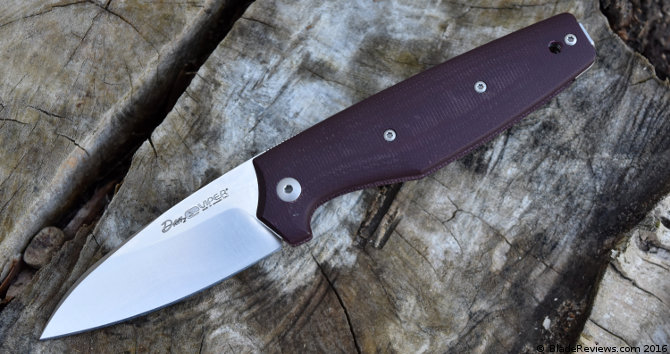
Both blade shapes feature a partially flat grind. While I prefer hollow ground blades, it is refreshing to see a well-done flat grind on a blade thin enough to support it. I haven’t encountered any difficulties in cutting tasks, regardless of whether I’m using the Dan for food prep, breaking down cardboard, or just opening packages. Every aspect of the blade is meticulously ground. Even the swedge (an aspect of the grind that is easy to screw up) is symmetrical, and meets up with the rounded spine cleanly.
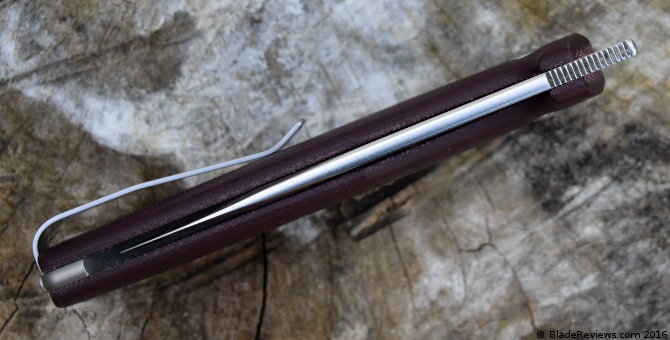
If you can’t tell by this point, I’m biased towards simple, working steels. N690 is certainly in that class, despite widespread use on high end production and even handmade knives. It won’t require as much care as 8Cr13MoV or Aus8a, but I do recommend regular stropping. I’ve never experienced rust or staining on any of my knives with N690. Overall, it demonstrates a great balance between ease of care, rust resistance, edge retention, and toughness.
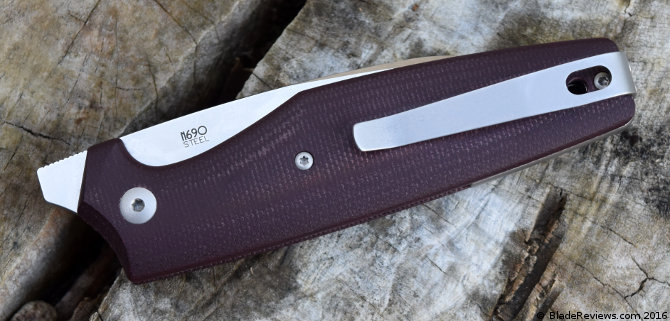
Handle, Ergonomics, and Carry
The handle is formed of two contoured slabs of burgundy micarta over nested steel liners. When it first arrived, the color of the handle scales was somewhere between red and pink. More than a month of use has darkened that color to a subdued purple. Micarta is one of my preferred handle materials for precisely this reason; it absorbs the oils in your hand and forms the equivalent of a patina. When polished, the pores of the material are closed and this process won’t occur. Fortunately Viper left the handle slabs just rough enough to facilitate the “aging” process. If this material isn’t to your taste, don’t worry: the Dan is also available in carbon fiber, green G10, and silver twill/G10.
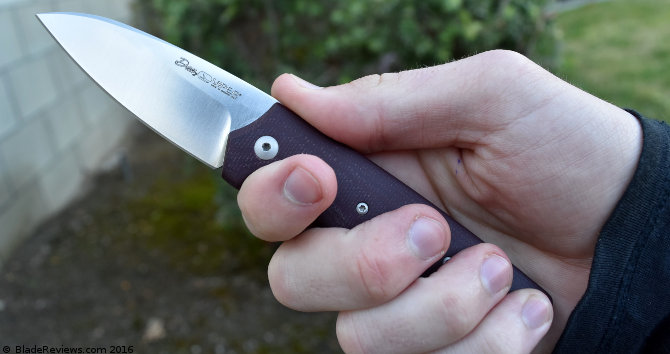
Contoured handles were once a rarity in high-end production knives, but fortunately most companies are starting to see the ergonomic benefits of doing so. The contouring on the Dan is executed perfectly; the handle slabs are symmetrical, smooth, and comfortable. There are no sharp corners, and the only point that could generate a hotspot is the pocket clip (but no more than any other clip).
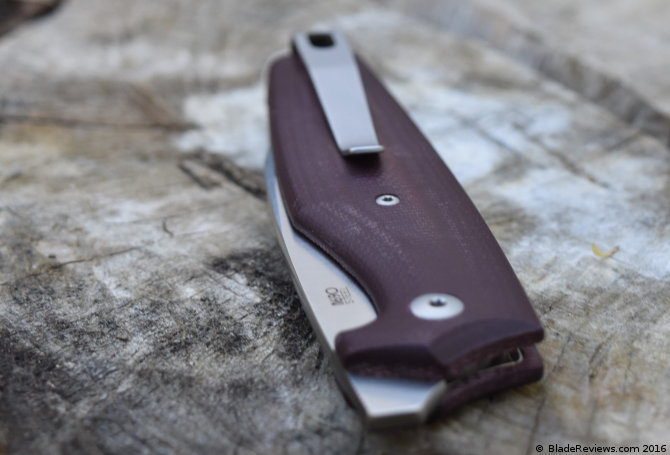
Most folding knives that are comfortable in the hand are likewise comfortable in the pocket, and this is no exception. The clip provides plenty of tension, but isn’t so tight that I’m worried about tearing a stitch. If I had to find a complaint it’s that the Dan is a bit long in the pocket. Not only is the handle pretty long for a relatively small blade, but the extended tang compounds the issue. It’s never been a real cause for worry, but I feel some attention should be called to it. It’s comparable in length to the Paramilitary 2 (though nowhere near as wide).
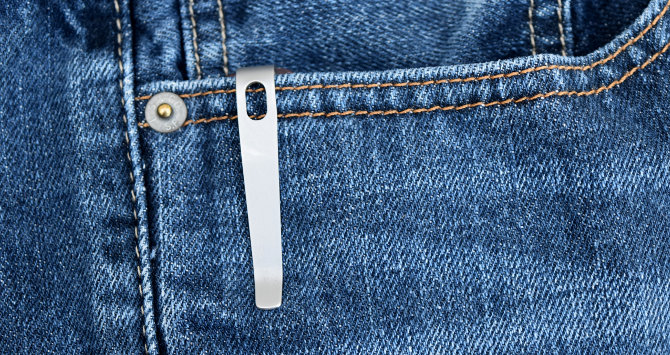
Deployment and Lock-Up
As much as I love slipjoints, I’m always slightly disappointed that I can’t access the blade with one hand. It’s not always essential, but sometimes the extra step is a tad inconvenient. The process of “pull pocket slip out, pull knife out of pocket slip, put pocket slip back in pocket, open knife, cut,” looks pretty silly next to “pull knife out of pocket, open knife, cut.” That said, most of the slipjoints I’ve handled that can be opened with one hand are less than cooperative, and by extension aren’t fun to fidget with. In this, the Viper Dan is different. The blade is deployed by rotating the extended tang with your thumb, similarly to a friction folder. Machining on the tang (jimping) ensures that your finger doesn’t slide off mid-deployment. Overall, the Viper Dan is quick, easy, and even a bit addictive to open and close.
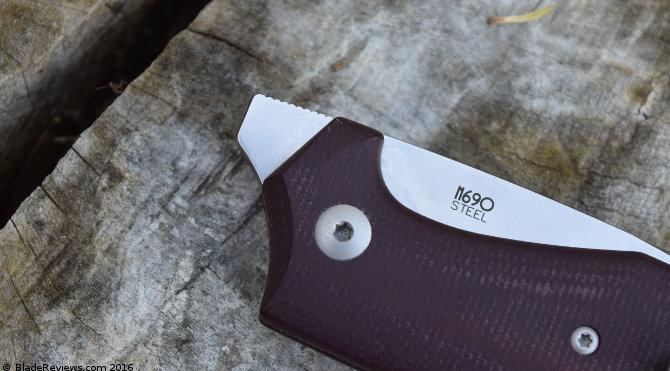
Viper chose their patented Action Stopper system instead of a lock on the Dan series. How it works is pretty simple: each of the liners has a spring tab with a ball detent, similar to a frame or liner lock. These detent balls drop into corresponding slots in the blade at the closed, half-stop, and opened positions. While the mechanism isn’t fundamentally new, it does feel more secure than other iterations of this system that I’ve handled. If I had to make a comparison, I’d say it offers as least as much resistance as the Victorinox Pioneer.
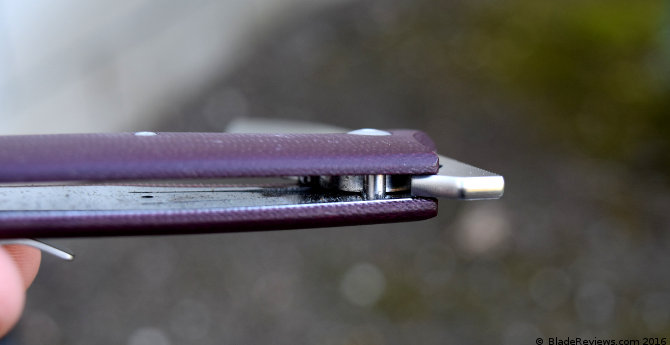
The advantage of this system over a traditional backspring is twofold: one, it allows for a wider blade to be housed within the handle, and two, it accommodates space for an extended tang (much like what you’d see on a friction folder). If you grip the Dan with your thumb resting on the spine of the blade, you’ll have a strong slipjoint mechanism, a half stop, and the pressure of your own thumb keeping the blade away from your fingers. On the whole it’s a very secure system.
Viper Dan 2 Review – Final Thoughts
Typically, the Viper knives that get the most attention are the collaborations with Jesper Voxnaes (for good reason). Thus far, the Dan series of knives haven’t been hit by the spotlight, and I think that’s truly a disservice. I can’t say this often, but I don’t have any real complaints about this knife. The design is unique, the materials are top shelf, and it’s manufactured to very tight tolerances.
Slipjoint knives are the sort of thing that I can recommend to anyone. Even people that don’t like slipjoints occasionally need to go somewhere where locking folders are discouraged (or illegal), so most knife nuts should have at least one non locking folder in their collection. Should this knife be it? That I can’t say. But I can say that if you want a slipjoint that can scratch that flipping itch, this should be it. It sells for just over $100 USD and is a fantastic value at that price point.
No products found.
I recommend purchasing the Dan 2 at BladeHQ or Amazon. Please consider that purchasing anything through any of the links on this website helps support BladeReviews.com, and keeps the site going. As always, any and all support is greatly appreciated. Thank you very much.
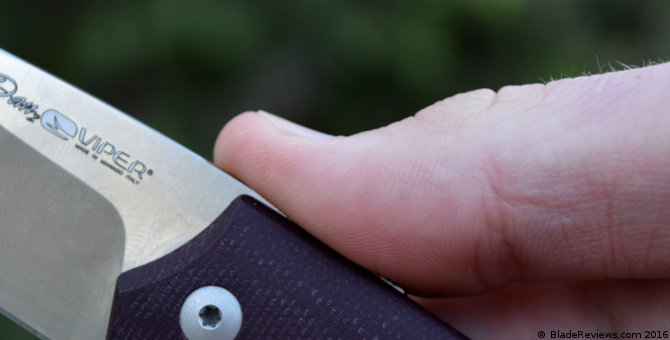
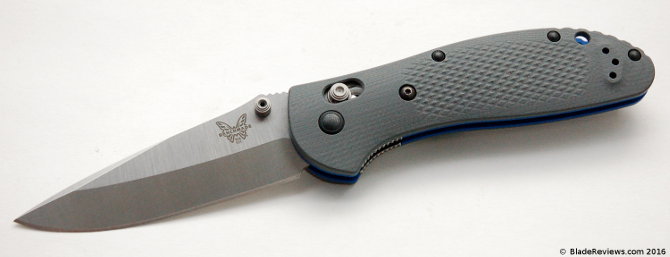
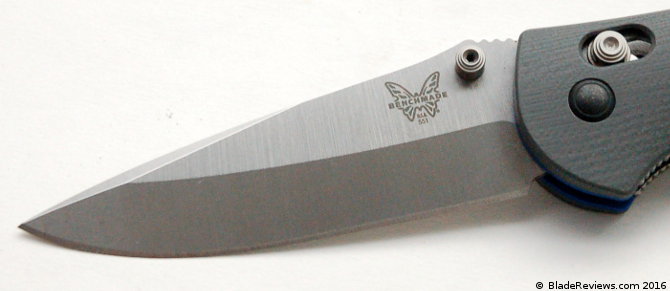
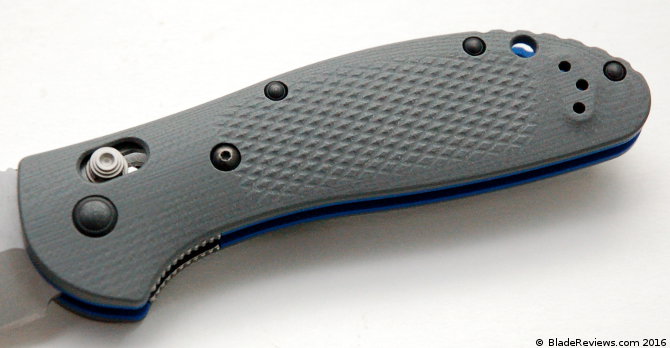
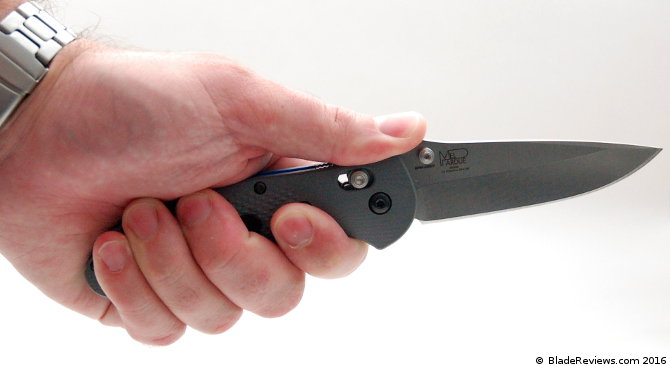
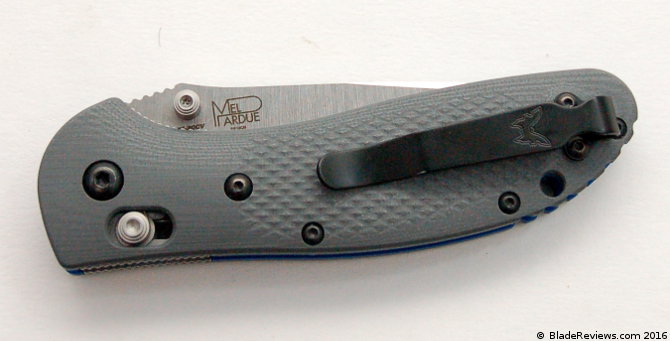
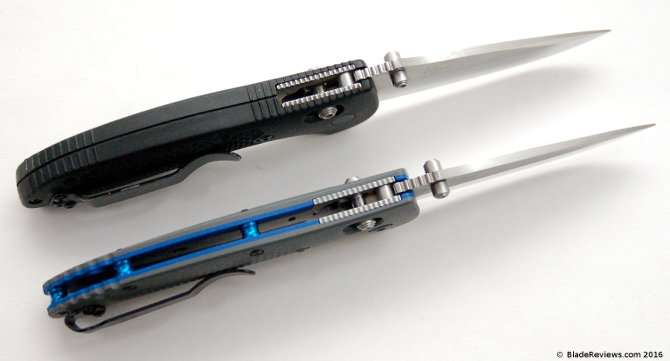
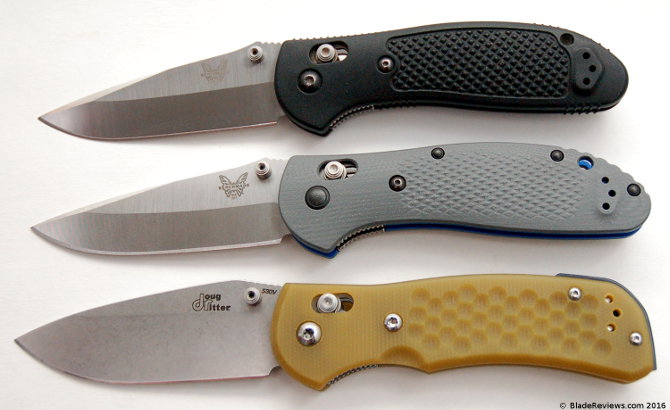

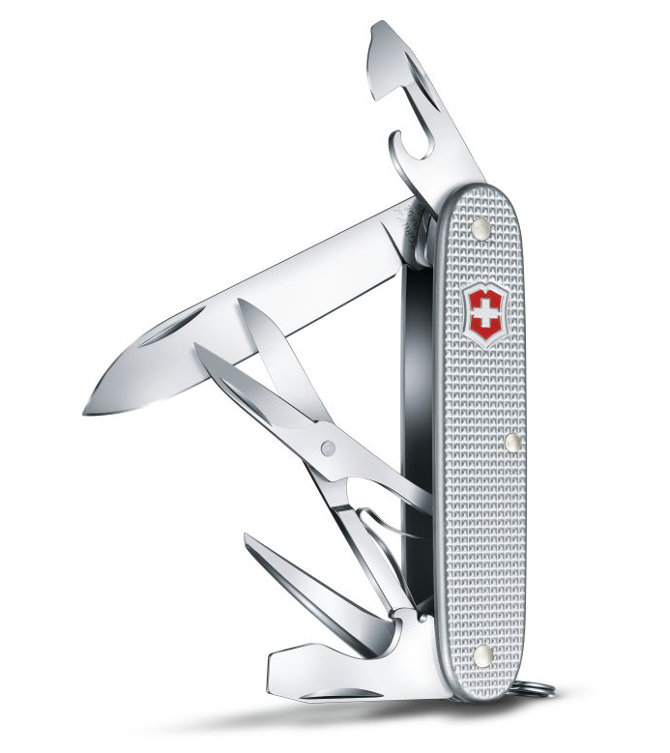
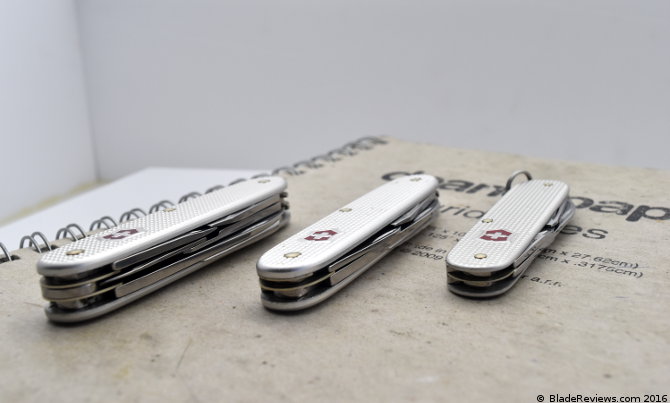
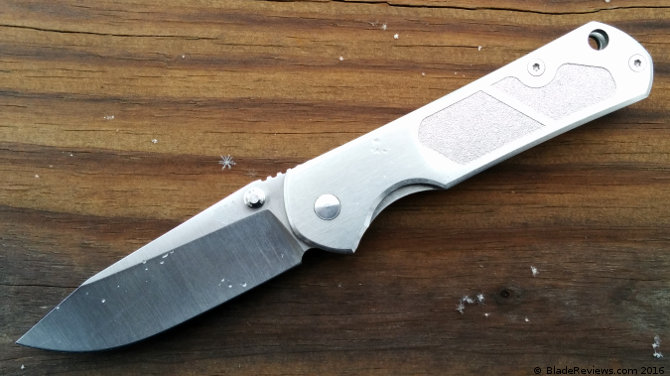
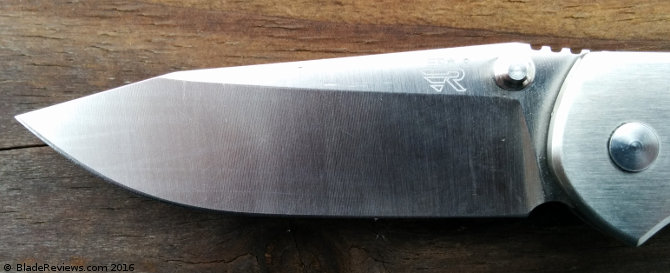
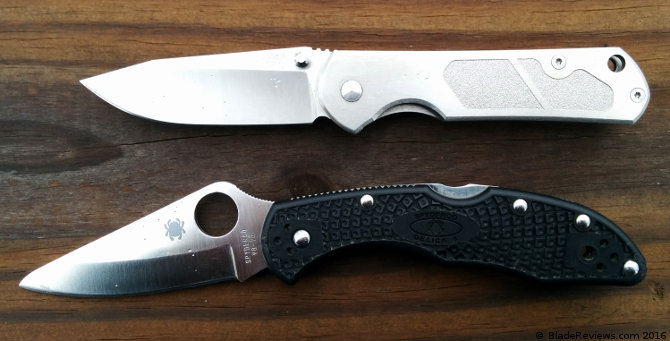
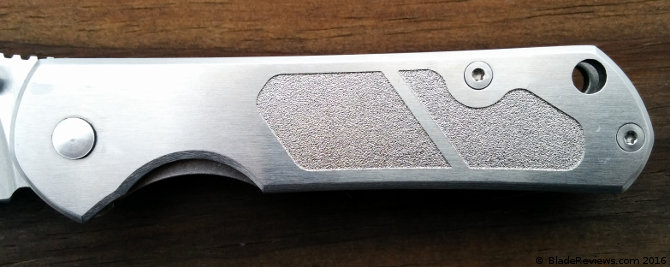
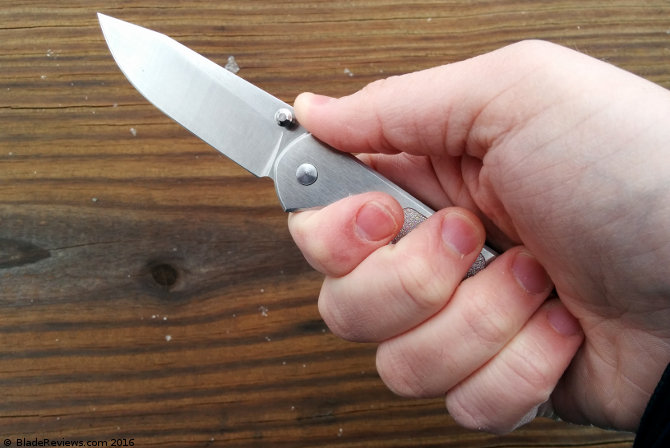
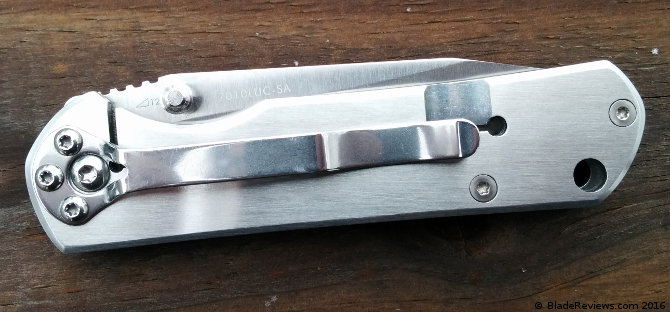

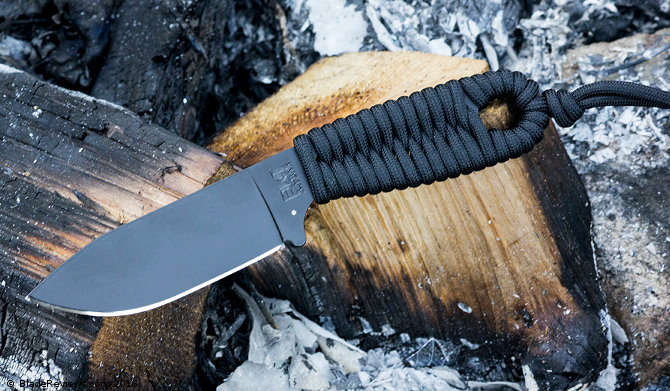
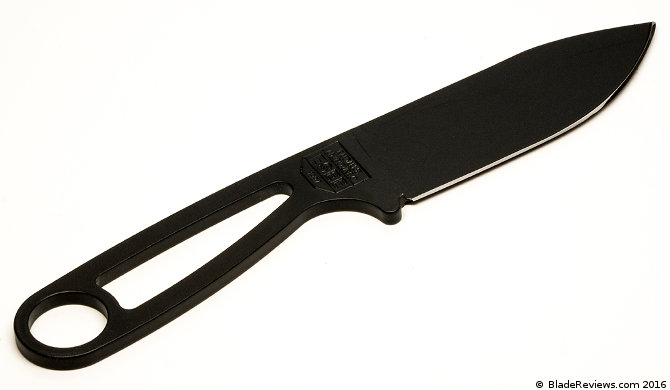
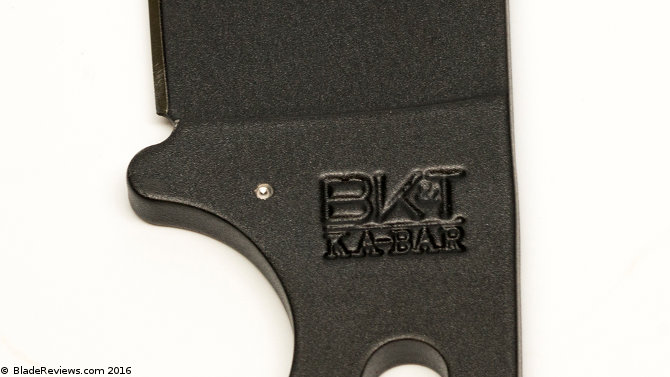
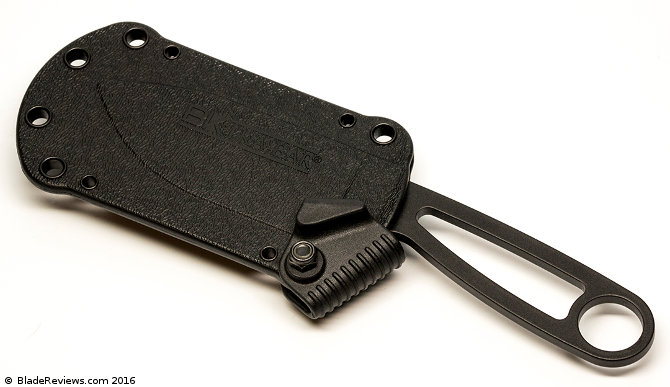
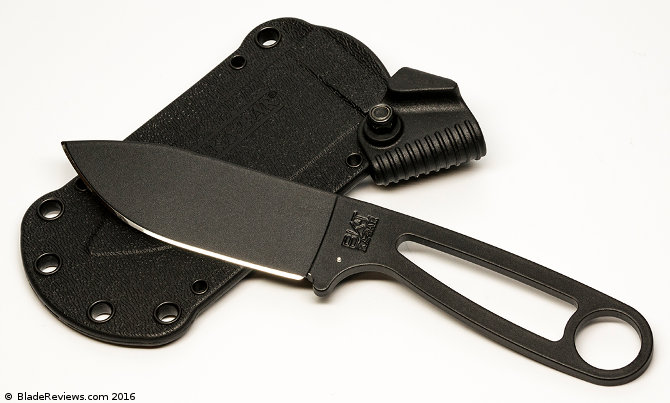
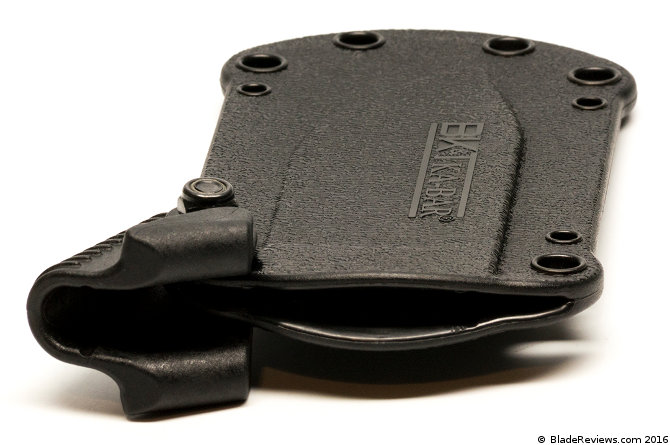
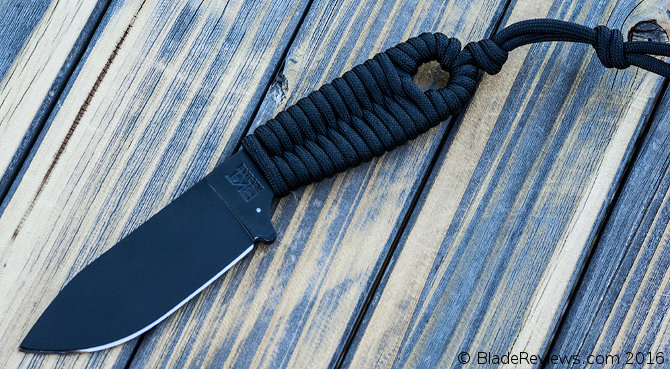

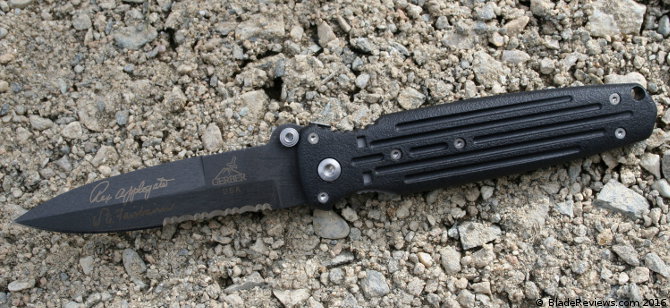
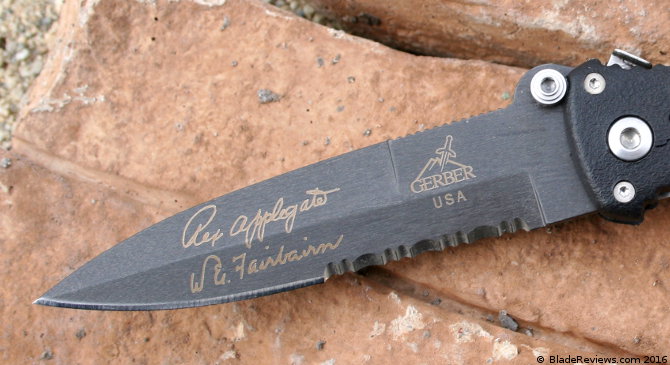
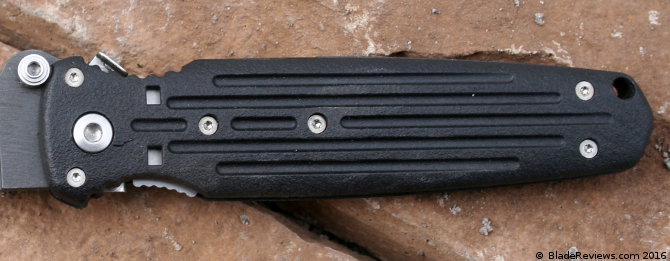
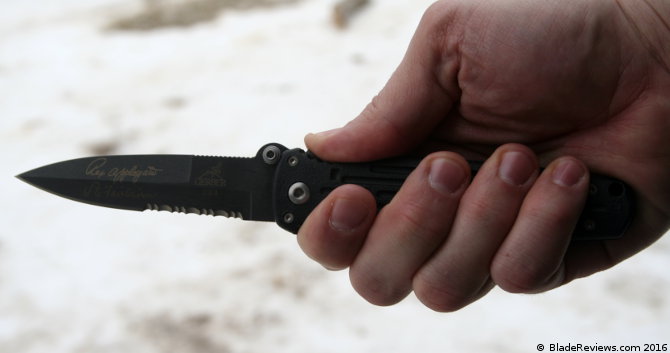
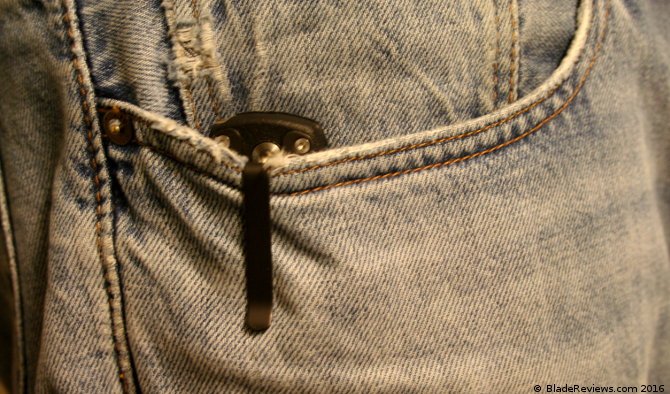
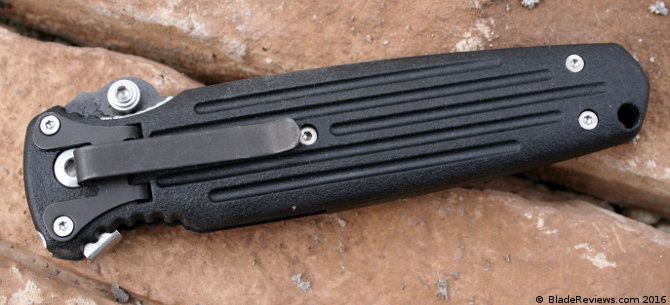
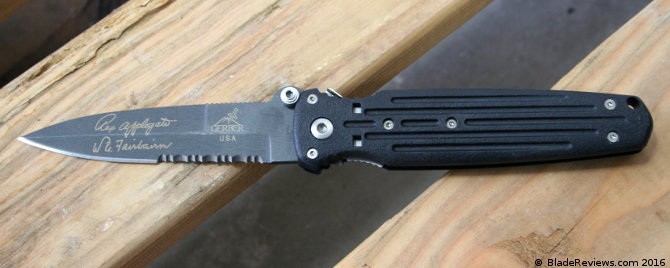
![Gerber Applegate Covert Knife, Serrated Edge, Black, 154CM [05786]](https://m.media-amazon.com/images/I/41yLxkUsrdL._SL160_.jpg)